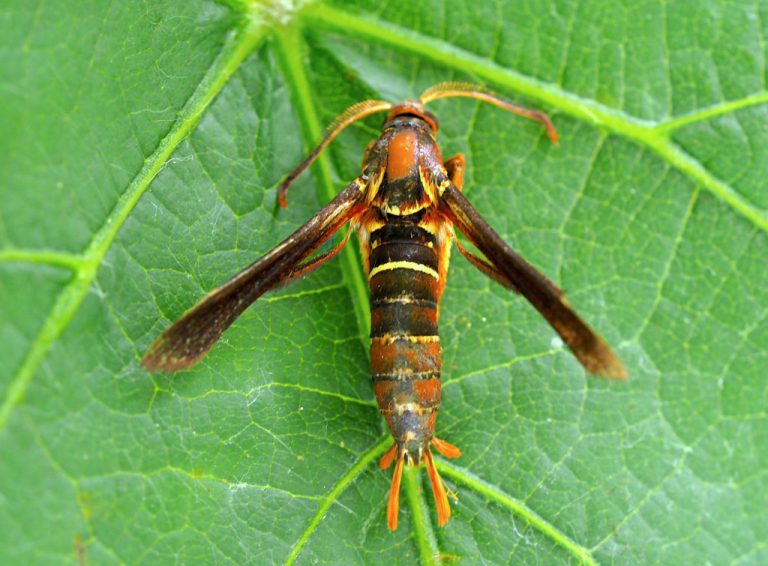By Clint Thompson

There could be another tool in the toolbox for producers in the management of grape root borers.
Brett Blaauw, assistant professor at the University of Georgia (UGA) College of Agricultural and Environmental Sciences, has one year of research in studying entomopathogenic nematodes. He discussed the positive impact the nematodes had on the grape pests.

“At least the effect that we saw in that first year and the ease of use, I’ve been impressed. It’s not something that I’ve really handled before. Getting out there and applying it myself, I was like, this is actually pretty practical,” Blaauw said.
The nematodes are available, reasonably priced and easily applied. They are proven to be just as effective as chlorpyrifos, which was recently banned by the Environmental Protection Agency.
“Right now, without any insecticides coming down the pipeline that are going to replace chlorpyrifos, our insecticide options are going to be limited. Mating disruption works really well, but it’s one of those things where it’s only preventative. You have to assume that you have problems with grape root borer ahead of time,” Blaauw said. “But with nematodes you could theoretically do it curatively if you didn’t get out there in time to put the mating disruption. If you start seeing the moths flying around, you could apply the nematodes to the ground and hopefully kill anything that’s still down there.”
Producers need to apply the nematodes in late May at the base of the vines. Irrigation also needs to be applied at the time of nematode applications.
“At their juvenile stage they seek out a host. They basically just borer into that host. In this case the nematodes are boring into the grape root borer larvae. Inside there they release a bacteria that kills the host, and they feed on that and reproduce. They then have new juveniles that get released from the host. Those new infected juveniles go and seek out other larvae to kill,” he added.
The grape root borer larvae feed on the roots of grape vines. They have a two-year life cycle and will feed underground on the roots for almost 22 months. Being underground, the borers can go unnoticed until the vine begins to deteriorate.










